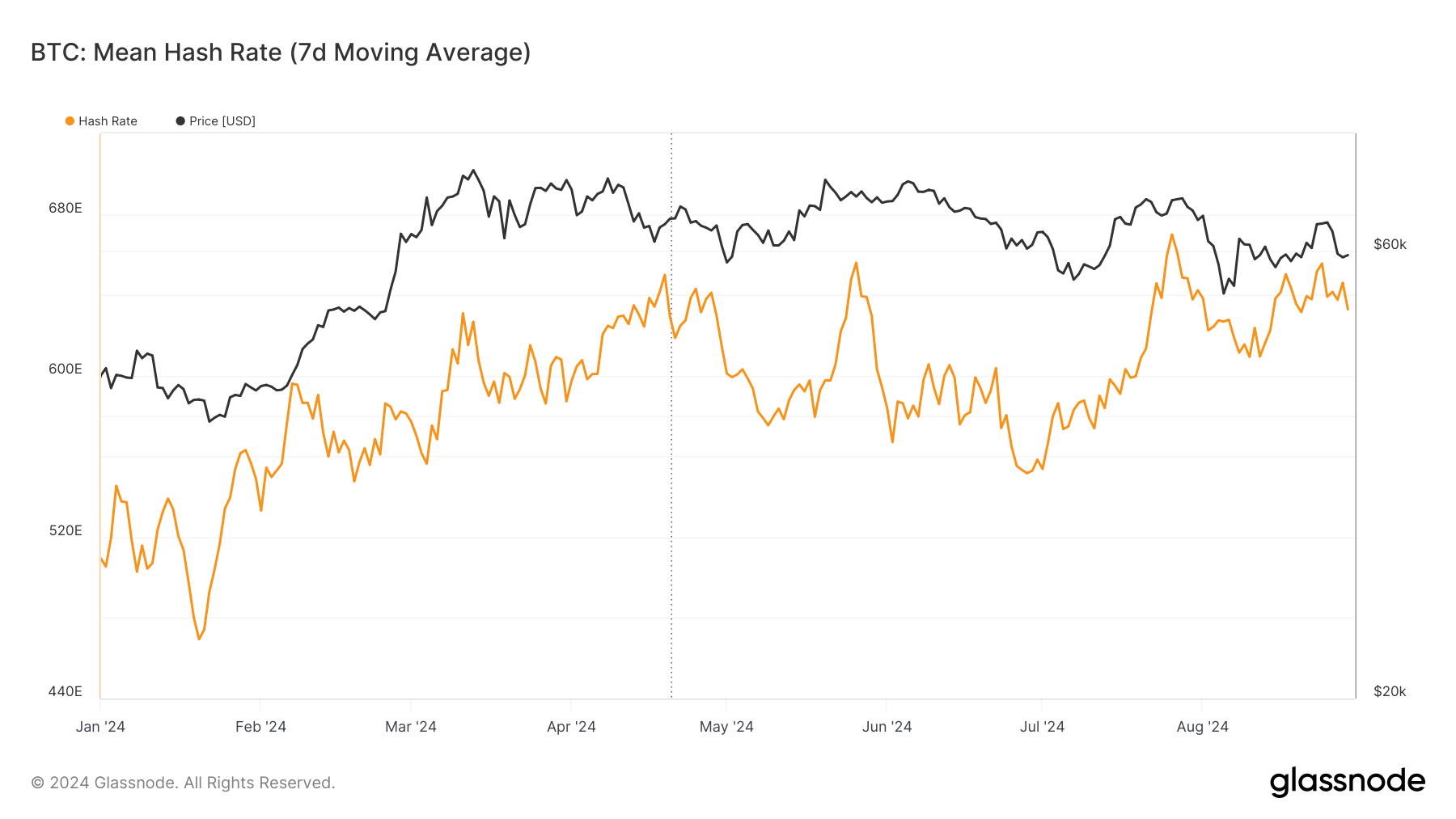Prospective digital euro users are most interested in peer-to-peer payments, budget management, and offline availability, a new study has found.
The study was commissioned by the European Central Bank (ECB) and conducted by Kantar Group, a London-based analytics company. It polled 321 participants in focus groups across Germany, Belgium, Spain, Ireland, France, Portugal, and over a dozen other countries. It grouped the participants into the general public, the tech-savvy, merchants, and the underbanked.
Peer-to-peer payments ranked highest among the participants and were seen as a must-have for the prospective digital euro. According to the study, CBDC’s P2P payments could add massive value, combined with payment requests and its pan-euro reach.
The study found that a budget management feature was just as important to the respondents. Most considered the budget features that the digital euro is set to incorporate to be “useful and relatively advanced.” While some fintech platforms already offer this feature, they don’t have the pan-euro reach and acceptance that the digital euro would command.
Offline payments and QR code features were the most appreciated features that are not yet available with the CBDC. The tech-savvy especially favored QR codes, although concerns were raised about privacy if the merchants were to scan a user’s QR code.
Other features the users are interested in are merchant dashboard and payout management, conditional payments, and the ability to access the digital euro within an existing banking app.
Users want programmable digital euro
Conditional payments could be the biggest sticking point, with the ECB adamant that the digital euro will not be programmable money. However, respondents, especially the tech-savvy, believe programmability would make a digital euro more attractive. This includes pay-on-delivery and pay-per-use.
“The delayed payment is good: when you buy on second-hand websites or apps [such as those where users can buy or sell second-hand clothing], it would allow you to be sure you’ve received the right product,” a female member of a focus group in France opined.
However, there are concerns. One male respondent from Ireland believes that such features are only applicable to larger merchants. “Certain businesses might not survive if they only get paid when they deliver,” he stated.
The focus groups were a big piece of the ECB’s digital euro puzzle, says ECB board member Fabio Panetta. The findings will be incorporated into the design of the CBDC, he noted.
“The findings from these reports will feed into our decision on the future of the project, which will be taken in the autumn,” Panetta said.
The ECB has yet to decide whether to launch a digital euro and is only conducting feasibility studies. The CBDC has received support and criticism in equal measure. A report tabled before the European Parliament recently advocated for the ECB to research but not launch the CBDC. Some countries like Germany have been more welcoming of the digital euro, others like Denmark believe it’s a solution in search of a problem, while others like Italy are cautiously optimistic.
And while the ECB believes the digital euro could revolutionize the European payments landscape, it won’t force it on the users.
In a recent speech before the European Parliament, the anti-Bitcoin ECB board member Panetta stated:
“People would have no obligation to use the digital euro. But they should always have the option to use it. Just like they do with cash today.”
To learn more about central bank digital currencies and some of the design decisions that need to be considered when creating and launching it, read nChain’s CBDC playbook.
Watch: Blockchain provides perfect foundation for CBDC
New to Bitcoin? Check out CoinGeek’s Bitcoin for Beginners section, the ultimate resource guide to learn more about Bitcoin—as originally envisioned by Satoshi Nakamoto—and blockchain.




